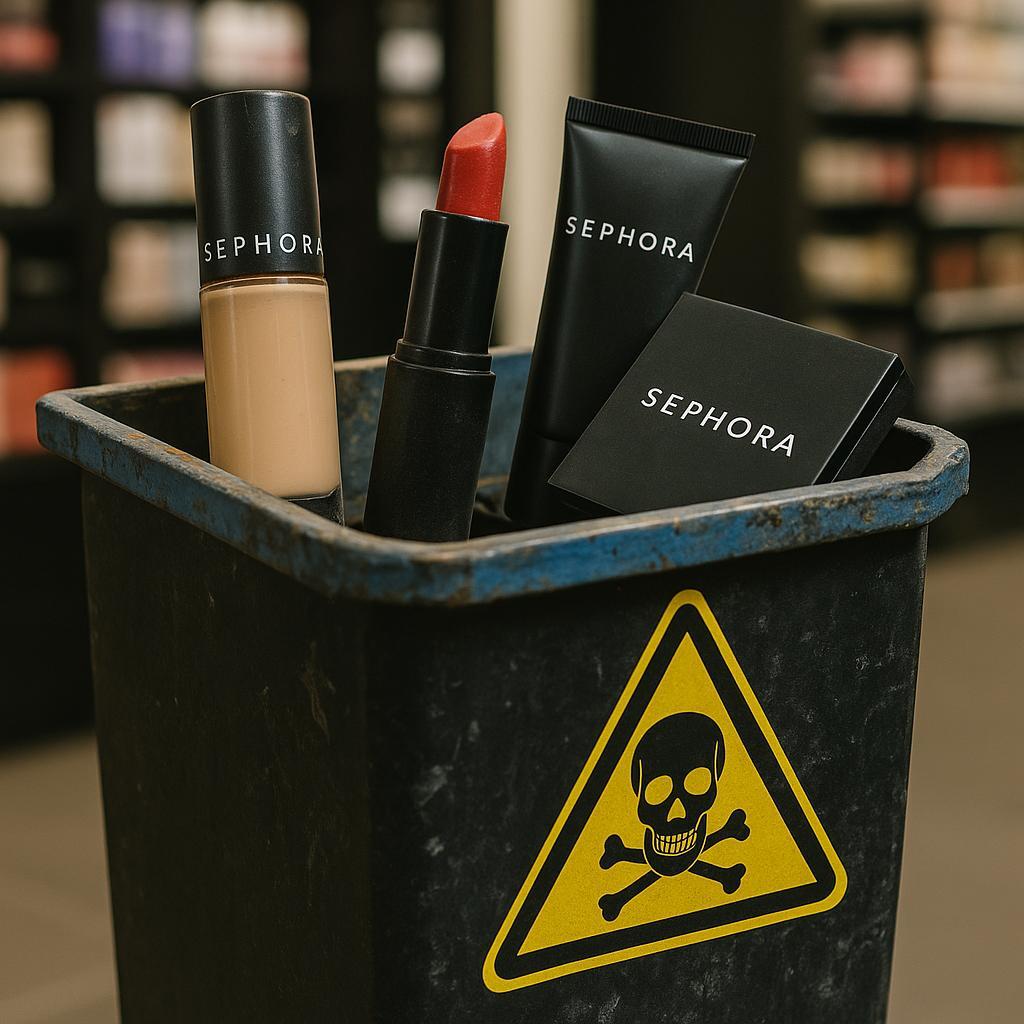Sephora Penalized in California for Improper Disposal of Hazardous Waste
Sephora recently agreed to a US$1.2 million settlement after California authorities discovered that numerous stores mishandled hazardous waste. Inspectors found that products like perfumes, nail polishes, and cleaning agents were discarded in standard waste bins and sent to regular landfills. State law requires these materials to be managed as hazardous waste to protect public health and the habitat. In this case, 74 District attorneys and two City Attorneys coordinated the legal action following alerts from landfill inspectors.
Hazardous Waste Management Failures
the california Department of Toxic Substances Control, in cooperation with local agencies, conducted inspections into how Sephora managed products that pose environmental risks. Items such as fragrance samples, acetone-based removers, expired makeup, and certain cleaning products should have gone through strict hazardous waste protocols. Rather, these materials ended up in everyday trash. State regulations are clear: hazardous materials like flammable liquids or solvent-based products must remain separate from general waste streams and be processed through approved programs.
Legal Outcome and New Compliance Measures
While Sephora did not admit liability, the company reached a settlement that allocates funds for both penalties and environmental compliance projects. As part of the agreement, every Sephora location in California is now subject to enhanced regulatory oversight. These stores must implement comprehensive training for employees regarding hazardous materials management. Staff will learn proper identification, storage, and disposal practices in compliance with California’s strict environmental standards.
Examples of Improperly Discarded Products
Authorities reported a range of products found in the trash that should have received special handling. These included surplus testers, beauty products containing solvents, flammable aerosols, and cleaning supplies. Many of these materials, if not managed carefully, can harm water sources or release toxic substances into the air and soil.Consumer items like certain cosmetics or acetone removers may appear harmless but can turn hazardous in landfill settings.
Statements from Prosecutors
San Diego County District Attorney Summer Stephan emphasized that the settlement holds businesses accountable for environmental responsibility. The legal action sends a message that proper disposal of hazardous waste is essential, not just for compliance but to protect the state’s natural resources. Stephan highlighted the importance of recycling and safe disposal to keep hazardous substances out of waterways and agricultural areas.
Stronger Waste Control at Sephora Stores
Sephora’s California stores are now required to store all hazardous items in sealed, labeled containers. Each location must follow strict policies for sorting, storing, and transferring hazardous waste to approved facilities. Staff oversight and regular audits will verify compliance, and the company is obligated to maintain records that document the destination and treatment of hazardous materials. Accurate documentation can be requested at any time by regulators to confirm ongoing adherence to state requirements.
By stepping up hazardous waste controls, Sephora and other retailers can set an example for sustainable operations. According to the Environmental Protection Agency, U.S. businesses generate millions of tons of hazardous waste each year, reinforcing the need for comprehensive training and robust waste management systems in the retail and beauty sectors.

